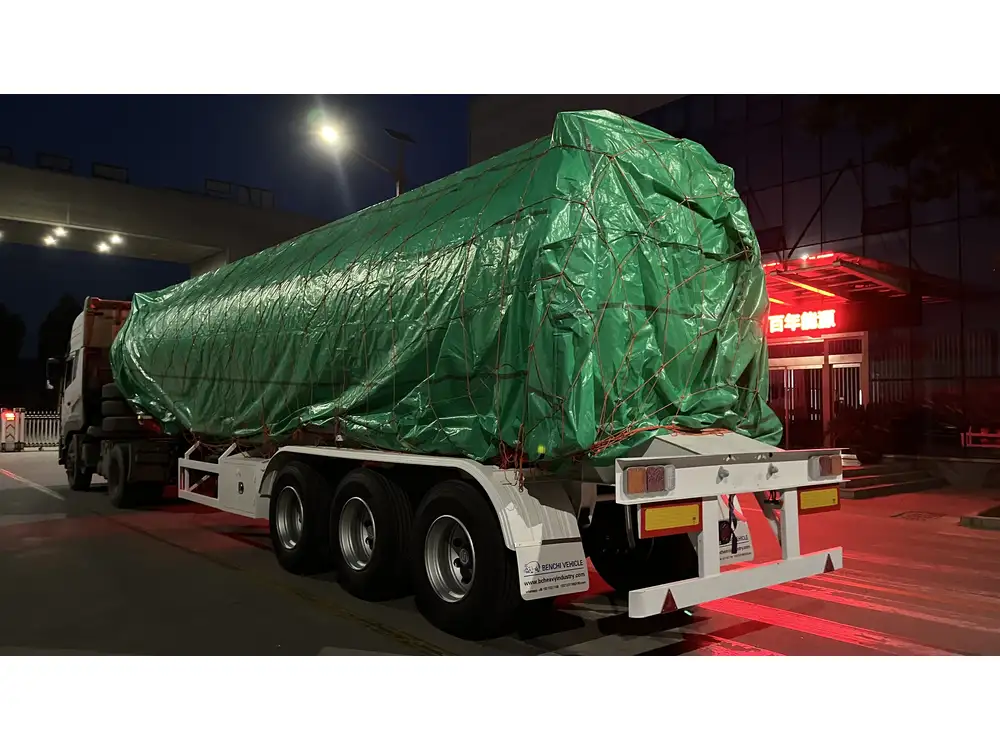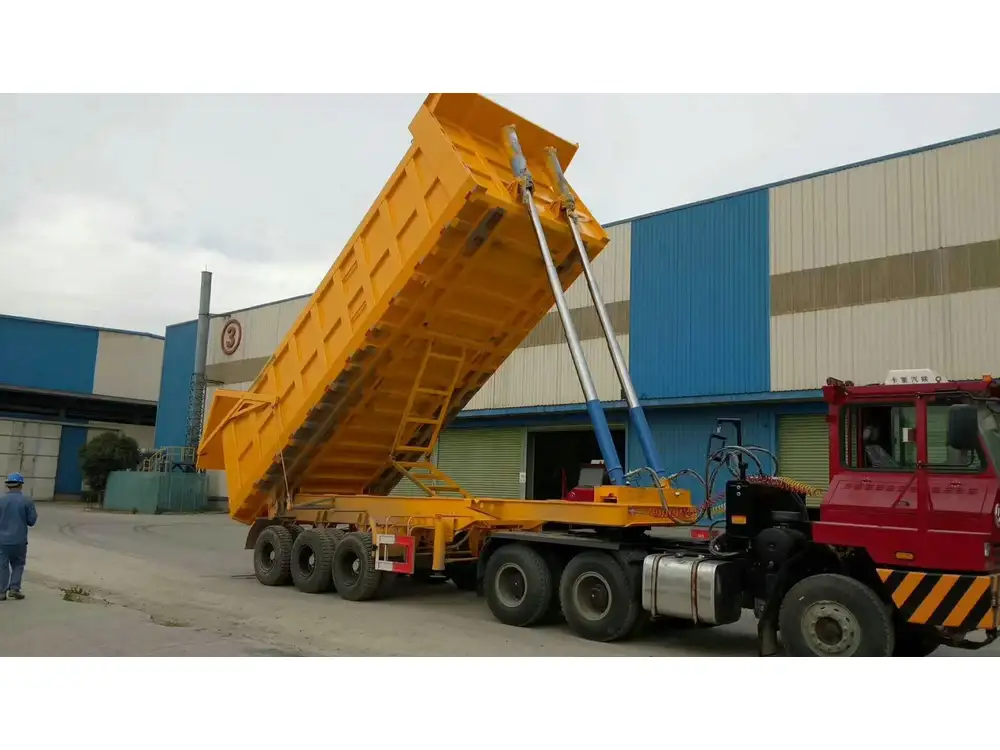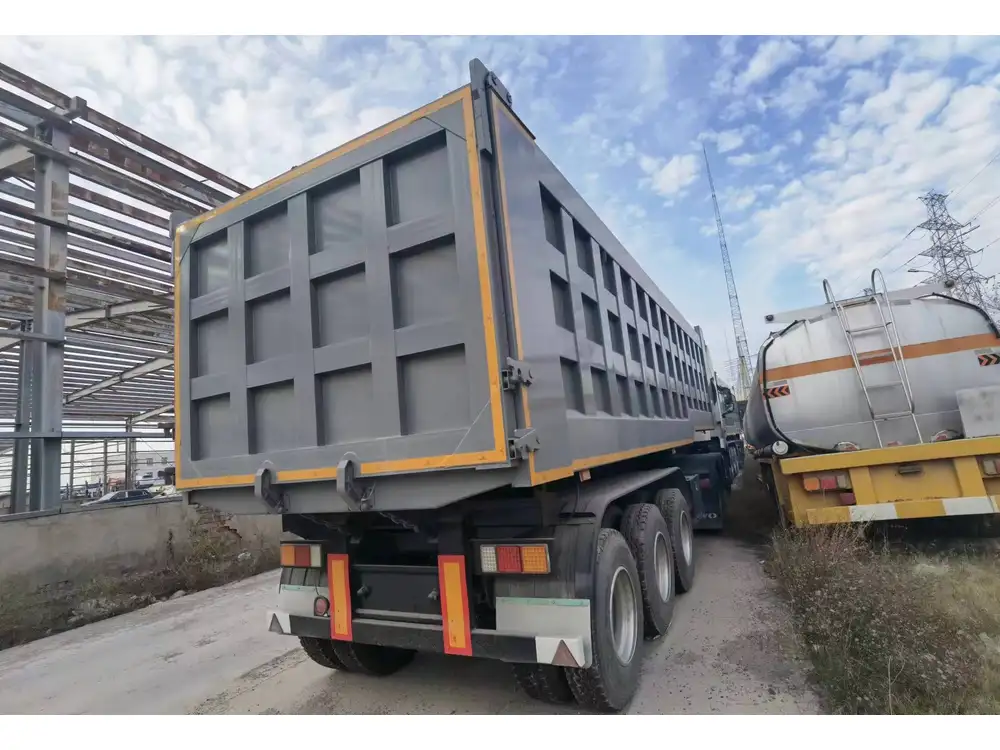Attaching a propane tank to your trailer is an essential skill for anyone looking to use gas-fueled appliances while on the road. Whether you’re planning a weekend camping trip or a long cross-country journey, a secure and efficient propane setup is crucial for safety and functionality. This guide provides a detailed examination of the process, considerations, and best practices for attaching a propane tank to your trailer.
Understanding Propane Tanks and Their Types
Before we delve into the steps for attachment, it’s vital to understand the various types of propane tanks available. Depending on your needs, different tanks might be better suited for your trailer.
Common Types of Propane Tanks
| Type | Description | Capacity | Applications |
|---|---|---|---|
| Vertical Tanks | Cylindrical tanks typically used to store larger quantities of propane. | 20 lb to 100 lb | RVs, trailers for camping appliances |
| Horizontal Tanks | These tanks sit flat and are often used for long-term installations. | 100 lb to 500 lb | Permanent installations, homes, farms |
| Composite Tanks | Lighter tanks often made from fiberglass and resin. | 20 lb to 40 lb | Portable solutions, lightweight needs |

Selecting the Right Size and Type
When choosing a propane tank, consider the following factors:
- Appliance Requirements: Ensure the tank can meet the BTU (British Thermal Units) needs of your appliances.
- Space Constraints: Measure the area you have available on your trailer to ensure the tank fits.
- Weight Considerations: Lighter tanks are easier to maneuver but may have a reduced capacity.
Tools and Materials Needed
To safely attach a propane tank to your trailer, gather the following tools and materials:
Tools:
- Adjustable wrench
- Screwdriver
- Socket set
- Safety goggles
- Gloves
Materials:
- Propane tank
- Bracket kit (compatible with your tank type)
- Hose assembly (ensure it’s rated for propane)
- Pressure regulator
- Teflon tape (for sealing threaded connections)
Step-by-Step Process to Attach a Propane Tank
Now that you understand the types of tanks and the necessary tools, let’s dive into the step-by-step process of attaching a propane tank to your trailer.

Step 1: Safety First
Before beginning any installation, prioritize safety:
- Ventilation: Work in a well-ventilated area to avoid gas buildup.
- Flame-Free Zone: Ensure there are no open flames or sparks nearby.
- Personal Protection: Wear gloves and safety goggles to protect yourself from accidental burns or gas leaks.
Step 2: Install the Bracket
- Choose the Location: Identify a stable and accessible location on your trailer’s frame for the tank bracket.
- Hold the Bracket in Place: Position the bracket according to the manufacturer’s instructions.
- Secure the Bracket: Use bolts and nuts from your bracket kit to fasten it to the trailer frame. Make sure it’s level and tightly secured, as it will bear the weight of the propane tank.
Step 3: Connect the Propane Tank
- Position the Tank: Carefully lift the propane tank and place it in the installed bracket. Ensure it fits snugly and securely.
- Attach the Straps: Use the straps provided in the bracket kit to secure the tank firmly. Double-check that the tank is not loose, as movement can damage the connections and increase leak risks.

Step 4: Connect the Regulator and Hose
Install the Pressure Regulator: Connect the pressure regulator to the propane tank’s output valve. Use Teflon tape on threaded connections to ensure an airtight seal.
- Tip: Always follow the manufacturer’s torque specifications for your regulator.
Attach the Hose Assembly: Connect the other end of the hose to the intended appliance or the system on your trailer. Make sure the hose is rated for propane and is not cracked or damaged.
Step 5: Perform Leak Tests
Testing for leaks is a critical step in the installation process:
- Spray Soapy Water: Mix a solution of soap and water. Spray it on all connection points (regulator, hose, and tank).
- Observe for Bubbles: If bubbles form, there is a leak. Tighten the connection and retest until no bubbles appear.
- Safety Check: As a precaution, allow the system to sit for a few minutes before lighting any appliance connected to the tank.
Step 6: Secure the Area
Once everything is secure, take some time to organize the area:
- Store Excess Hose: Coil any excess hose neatly, avoiding kinks or sharp bends.
- Label Connections: If you have multiple systems, labeling connections can help avoid confusion later.

Tips for Safe Propane Use on Trailers
Using propane safely is paramount. Consider the following best practices to ensure safe usage:
Ventilation is Key
Always ensure that any area where propane appliances are used is well-ventilated. Lack of ventilation can lead to gas accumulation, increasing the risk of fire or explosion.
Regular Inspections
Conduct regular inspections of your propane system. Look for signs of wear, corrosion, or damage to hoses and connections. Consider replacing hoses every five years for optimal safety.

Know Your Emergency Shutoff
Familiarize yourself with the propane tank’s emergency shutoff valve. In emergencies, knowing how to quickly shut off the gas supply can prevent accidents.
Troubleshooting Common Issues
- Propane Odor: If you smell propane, it can indicate a significant leak. Turn off the gas supply immediately and consider contacting a professional.
- Low Pressure: If appliances aren’t operating correctly, check for kinks in hoses or a malfunctioning regulator.
- Tank Not Empty but No Gas: A potential blockage in the hose or a malfunctioning pressure regulator might be the cause. Inspect connections and replace any damaged components.
Understanding Regulations and Compliance
Before setting up a propane tank, familiarize yourself with local regulations regarding propane use and storage. Compliance with safety standards and guidelines will not only ensure your safety but also avoid potential fines or issues with local authorities.
| Regulatory Body | Typical Regulations |
|---|---|
| NFPA (National Fire Protection Association) | Guidelines for safe propane storage and usage. |
| DOT (Department of Transportation) | Regulations on the transport of hazardous materials. |
| Local Fire Code | Specific guidelines pertaining to propane use in residential or recreational areas. |

Conclusion
Attaching a propane tank to your trailer may seem daunting, but with the right tools, materials, and steps outlined in this guide, you can ensure a safe and efficient setup. Remember to prioritize safety, conduct thorough inspections, and remain compliant with local regulations. By following these detailed instructions, you’ll enjoy the convenience of gas-fueled appliances during your travels without compromising safety.
With careful planning and adherence to best practices, your propane setup will be an asset that enhances your trailer experience. Safe travels, and happy camping!



